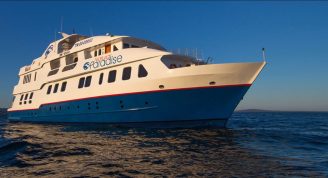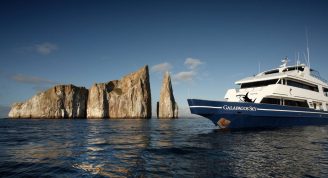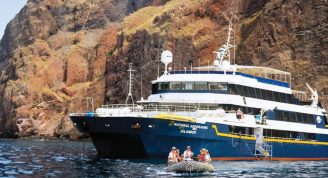Description
Embark on a fascinating 6-day Galapagos cruise, beginning with a visit to the renowned Charles Darwin Station on Santa Cruz. Immerse yourself in the world of conservation and learn about the groundbreaking research conducted there. On Sunday, explore the volcanic landscapes and diverse marine life of Moreno Point on Isabela Island, followed by a visit to the serene Elizabeth Bay in the afternoon. Marvel at the uplifted coral reef and encounter fascinating land iguanas and giant tortoises at Urbina Bay on Monday, then continue to the picturesque Tagus Cove, known for its historical significance. Tuesday brings an opportunity to witness the untouched beauty of Fernandina’s Espinoza Point, home to unique wildlife such as marine iguanas and flightless cormorants. In the afternoon, explore the volcanic formations and marine wonders of Vicente Roca Point on Isabela. Discover the dramatic coastline and fascinating marine life of Santiago’s Egas Port on Wednesday, followed by a visit to the vibrant shores of Rabida Island in the afternoon. Conclude your voyage on Thursday with a visit to Santa Cruz, where you can further explore the wonders of the Galapagos Islands.











